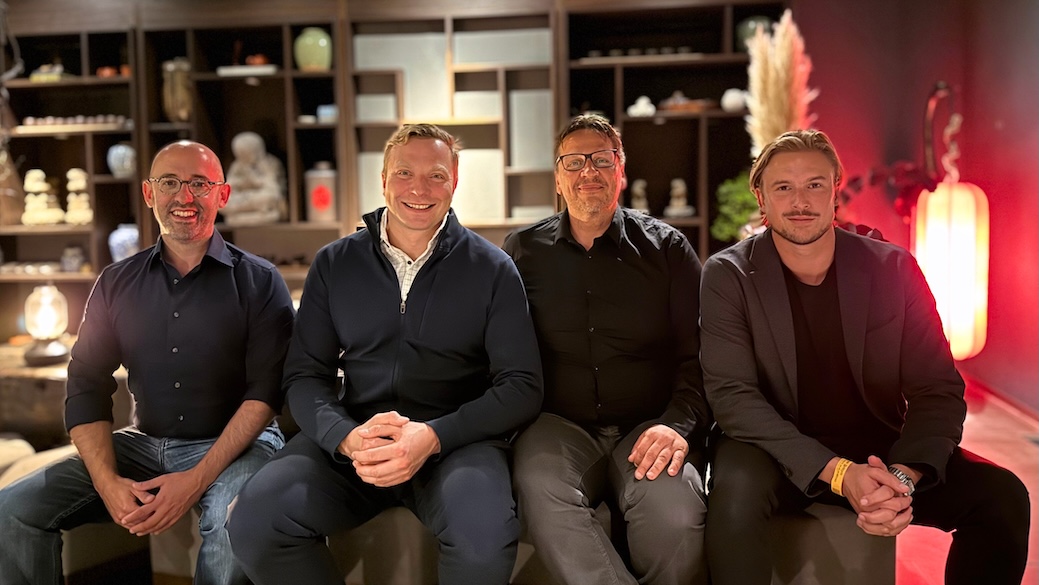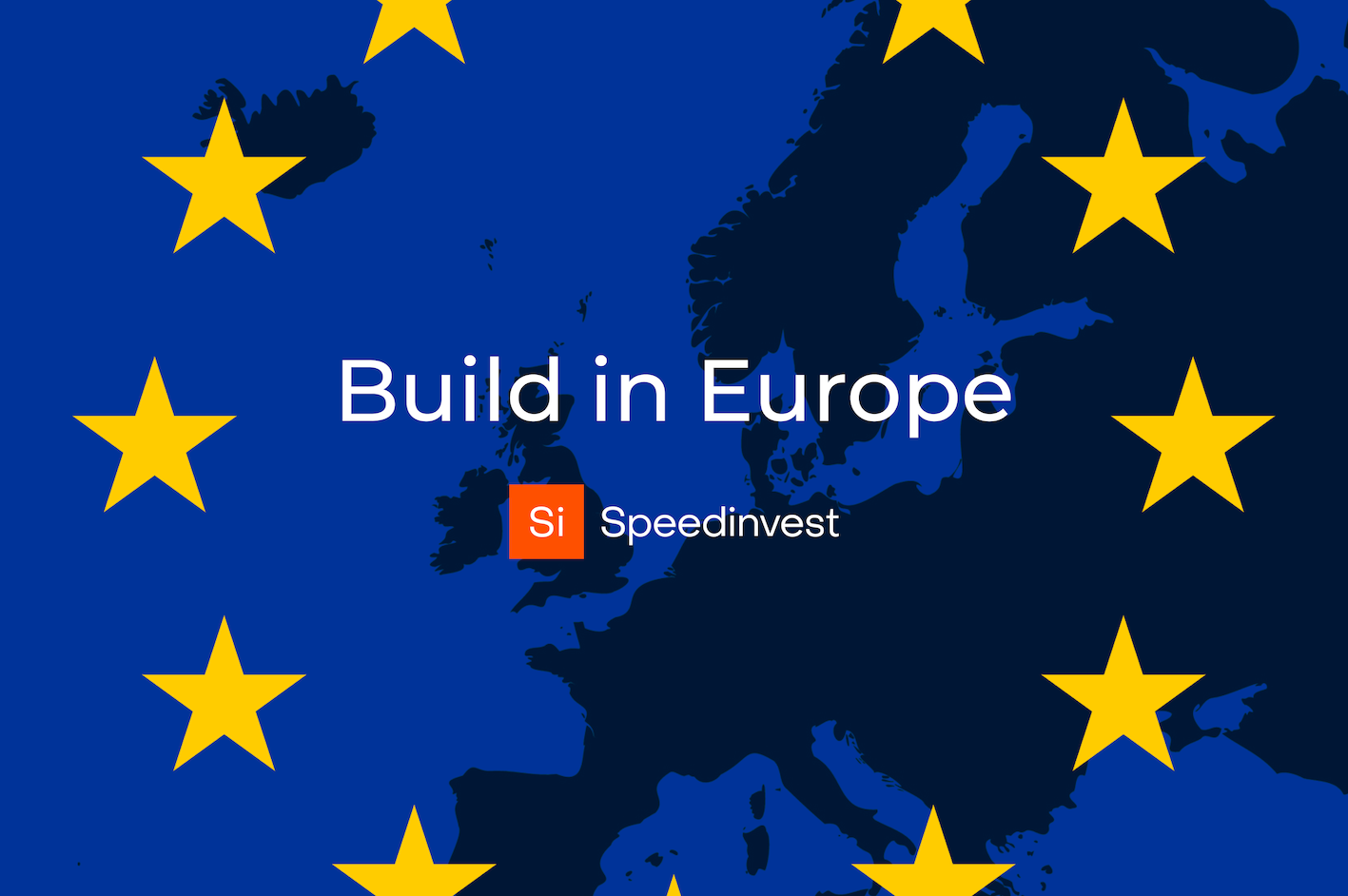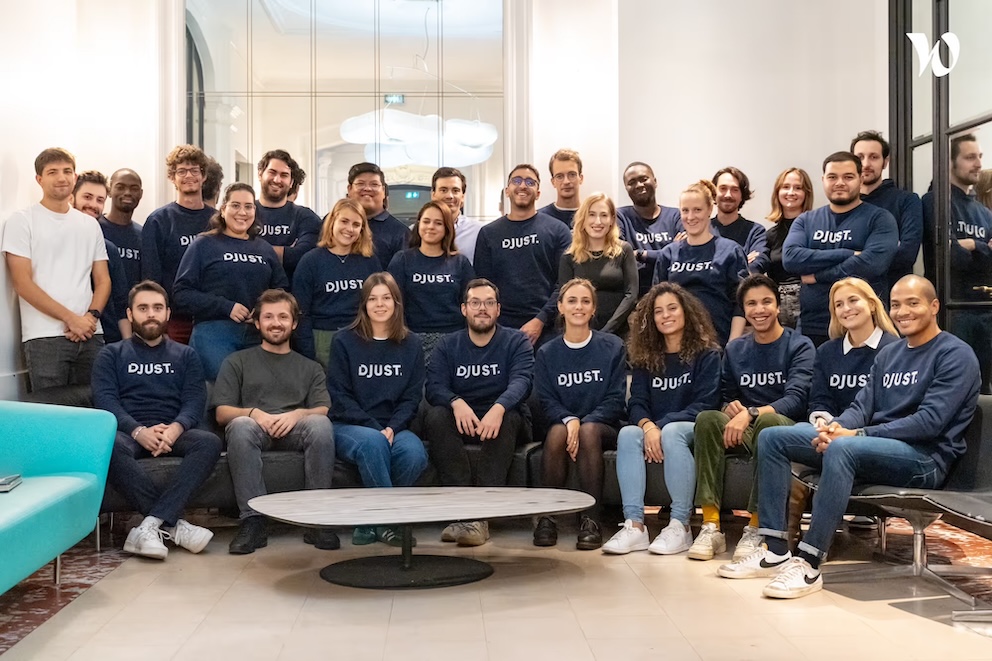Open-Sourcing Continuation Funds: The do’s and don’ts we learned along the way
As we proudly communicated recently, we closed two separate continuation vehicles for our vintage funds, bringing together eight assets from multiple Speedinvest funds with €60 million in commitments. The first, led by Molten Ventures and Acurio Ventures, and the second in collaboration with Michael Joseph, Kristaps Ronis of Ion Pacific (pictured above with me, Lawrence Kilian, and Werner Zahnt of our DPI Unit).
What at first looked like a straightforward objective to launch a continuation vehicle quickly revealed itself to be more like a three-dimensional game of Tetris - full of twists, turns, and complexities we could not have imagined. Was it worth it? Absolutely. The outcome was not just one new vehicle, but two, with more in the pipeline to back our most exciting companies for the long haul.
These vehicles underwrite strong returns, but perhaps more importantly, they also provide liquidity for our existing LPs while allowing these LPs to continue participating in the upside of our best assets. Launching two continuation vehicles in parallel is almost unheard of, yet we managed it and learned a great deal along the way.
But first, what exactly is a continuation fund or vehicle? In essence, it’s a newly established vehicle created to acquire existing assets from our older funds at a negotiated price, often slightly below the asset’s last post-money valuation. For older funds nearing the end of their life, this provides liquidity for existing investors rather than forcing them to wait years for a final exit. For new investors, it offers an attractive entry point into a curated set of strong assets, often with the potential to target >3x returns over a shorter, five-year horizon.
Our structure, however, was not the standard one, if there ever is one for this instrument. Instead of selling assets outright, we only sold partial stakes, keeping meaningful exposure to leading portfolio companies in our current funds, which still had years of life ahead. At the same time, we realised immediate liquidity. We also pooled assets from multiple funds, SPVs, and even external investors, tailoring the solution to maximize flexibility and impact.
So what are these dos and don’ts of building out a continuation fund? Why did we do it, and how did it work out, and what did we learn? Read on to find out more.
Start with your “why”
The journey of creating these continuation vehicles taught us important lessons that jointly form something similar to a blueprint for how to pull these structures off faster and more efficiently in the future.
Our continuation journey began with establishing our “why.” Without a clear rationale, both investors and our own team would have struggled to justify the complexity of the project.
For us, our “why” was threefold: first, to provide liquidity in older funds (improving DPI and strengthening retention of existing LPs); second, to ensure continued capital support for our star portfolio companies; and finally, to bring new investors into our orbit from fresh geographies and networks.
Building your structure and network
Once that purpose was clear, we turned to building our network and screening the market.
We had laid the groundwork back in 2022 with a GP-led LP tender process, and from there we expanded aggressively - attending secondary conferences, speaking on panels, hosting dinners, and leveraging introductions across the US, UAE, and Europe. We quickly learned that likeability mattered (sometimes a shared beer worked wonders), but so did thorough screening. Investors differed widely in ticket sizes, appetite for concentration versus diversification, sector preferences, and return expectations.
Early feedback from trusted contacts was invaluable, shaping our eventual structure: investors wanted a meaningful vehicle size, concentrated in one to three key assets but still diversified across stages - combining mature assets for near-term IRR, growth companies for medium-term upside, and earlier-stage bets for longer-term multiple potential.
From there, the challenge became fund construction. We needed a vehicle that balanced liquidity for older funds with upside retention and enough scale to attract institutional capital. Our goal was clear: target a >3x return in a no-discount case, diversify across asset stages, concentrate in one to three key companies, and still generate meaningful DPI in older funds. To achieve this, we shortlisted 12 of our best assets, each with 3x potential, and set thresholds for how much of each we were willing to sell. This “strawman” became the foundation for investor discussions.
Execute, Process, and Launch
Execution was complex. Securing internal buy-in required aligning IMs, fund managers, boards, and LPs. Especially in Europe, many LPs are not familiar with venture timelines, let alone the complexities of a continuation fund. Given that these new funds are managed by us again, we spent a lot of time explaining the basics of such structures, diffusing fears of double-dipping or misaligned interests.
Permitted transfers also had to be confirmed early, a topic that would haunt us further down the line. Marketing materials were painstakingly prepared, comprising teasers, CIMs, financial models, return scenarios, and company-by-company theses.
We quickly realized that IMs were crucial. Their support in pitching companies, validating forecasts, and bridging relationships with founders could make or break the process. Again, while all investors really did support our efforts fully, there was still sometimes a wide gulf in perspectives, as our DPI team approached these companies without emotional connections, hope, or bias, ending up with sometimes different assessments than those who had worked with these founders for so many years.
Next came the launch. Identifying the right lead investors was critical; very few had both the ability to price assets and the capital to anchor the deal. A quick learning was that US investors tended to have large tickets but less knowledge of European valuations, while Europeans often had the expertise but smaller pools of capital. The US secondary ecosystem is so much broader and deeper, with very few professional secondary funds actively deploying in Europe. And while many US players are open to doing deals in Europe, they lack market understanding. Most US investors are only familiar with a small handful of European unicorn companies, let alone European VC firms that they typically use for informal DD and backchanneling. While all data and metrics were available, that still kept many potential US underwriters on the bench.
We launched in August, not ideal given Europe’s summer lull, but strategically timed ahead of a wave of other continuation funds. Our outreach followed a structured sequence: teaser emails, introductory calls, NDAs, dataroom access, GP calls, and presentations from both Speedinvest and IMs.
Bidding, diligence, and pricing followed a disciplined, competitive process. In the first stage, investors received data room access and DDQs, then submitted initial offers including portfolio composition, pricing, fees, carry, follow-on capital, and ticket size. In stage two, shortlisted bidders gained deeper access to reporting, business plans, and IM calls before submitting final offers. The aim was simple: maximize pricing, optimize structure, and finalize terms while gauging remaining capital requirements.
Anticipate and prepare for a reality check
But no plan survives its first contact with reality.
Securing final approvals required extensive scenario analysis for each fund, comparing outcomes of selling versus holding assets. One of the key challenges was simply timing. Complex processes naturally take significant time, which translates into a high likelihood that the trajectories of the underlying assets may change significantly. At one point, a fund refused to sell a key asset stake as it outperformed its own plans, forcing us into a direct secondary acquisition from the company, a process involving multiple third-party shareholders and legal teams. At another point, one company went through a significant up-round mid-process, requiring us to remove it and renegotiate the bundle composition. We learned quickly: start approvals early, and never alter an agreed composition lightly.
Syndication and rolling were the final stretch. Syndication brought in smaller-ticket investors to fill the capital gap, while rolling allowed selling LPs to reinvest into the continuation vehicle, keeping them aligned with future upside. Market dynamics shifted mid-process, with one core asset suddenly becoming much more attractive, forcing a rebalance of exposures. We renegotiated with the lead to accommodate further syndicate capital.
Closing was another marathon. Setting up the legal entity, negotiating the LPA, executing subscription docs, and finalizing SPAs all had to be done while navigating the complex permitted transfer process, board and shareholder approvals, waivers, and resolutions. This was time-consuming and often frustrating, underscoring the need to kick off transfers as early as possible. These approvals should be a no-brainer. For the founders and the portfolio companies, nothing changes; if at all, it should be net-positive, as the new fund has longer timelines, and ideally, some incremental capital to see the company grow into its potential. Yet, even these dealings were highly sensitive and almost got derailed - you never know what you don’t know, is all that can be said here.
In the end, the process was monumental, but the rewards were clear: we created a repeatable blueprint for generating liquidity, built a strong network of secondary investors, and, most importantly, delivered for our LPs.
Embrace the learnings
Our key lessons were numerous.
Bring your selling funds into the conversation early, even before final compositions are decided. Prepare for complexity in secondary buyouts, including navigating shareholder preferences. Start transfer approvals as soon as possible. Ensure IMs are aligned and engaged. Move quickly, as market and company dynamics shift fast. Keep data organized and complete to ensure credibility. Communicate openly with LPs, even when updates are limited. And finally, select investors carefully - some may attempt renegotiation or even withdrawal at the last minute, as we had in the past.
Looking back, what started as a daunting, multi-dimensional puzzle became a valuable experience. We not only launched two continuation vehicles in parallel but also developed a playbook that will guide us - and you! - through similar processes more smoothly in the future.












.svg)
